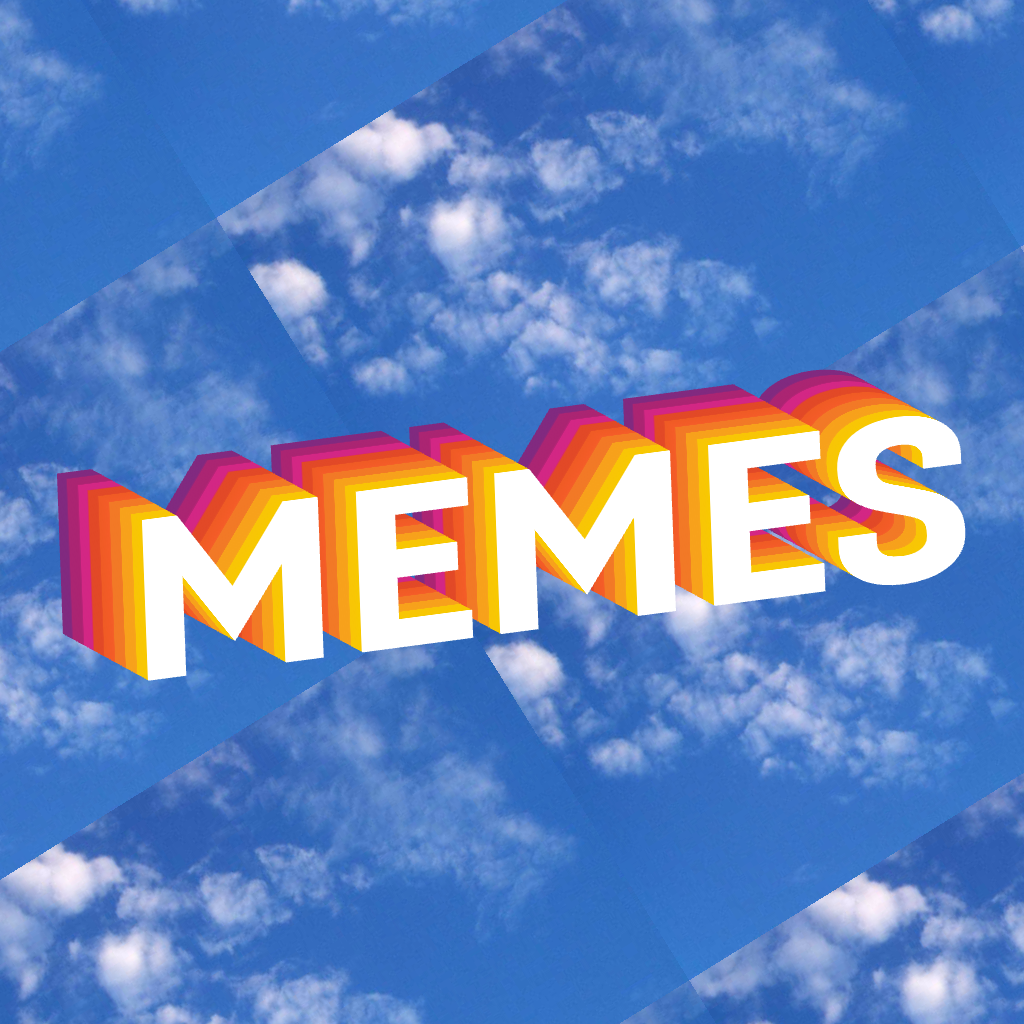

What would be a rough estimate of the size for that? How would it be affected if someone were to add KDE / Gnome to it?
Ok, after a minimal amount of searching I got this. I wonder if something like this would be feasible for a rolling release distro like Fedora.









Haven’t watched it either, but it’s a great list. I’d add